
You reach for it without thinking. It’s the first thing you see in the morning and the last thing you touch at night. It’s your map, your bank, your connection to friends, and your window to the world. But lately, that window has started to feel more like a cage. The constant dings, the endless scroll, the subtle pressure to be always available—it’s exhausting.
The cost of this constant connection is becoming clear. Our attention is fragmented, our deep work suffers, and our real-world relationships can feel strained by the glowing rectangle that always seems to sit between us. We feel a low-grade anxiety when the battery dips below 20% and a phantom vibration in our pocket even when our phone is on the table.
If this sounds familiar, you are not alone. This experience is not a personal failure or a lack of willpower. It’s the result of a carefully engineered system designed to capture and hold your most valuable asset: your attention. The psychology of tech is a powerful force, but it’s one you can understand and navigate.
This article isn’t about demonizing technology or suggesting you throw your smartphone away. It’s about empowerment. Our goal is to pull back the curtain on the psychology of your phone, understand why these devices are so compelling, and give you practical, realistic strategies to reclaim your focus. We’ll explore how to build healthier digital habits and learn how to beat phone addiction not by quitting, but by becoming more intentional. It’s time to make your phone work for you again, not the other way around.
📚 Table of Contents
- Understanding the Engine: How Our Attention Is Captured
- Building a Better Blueprint: Restructuring Your Digital Routines
- Creating a Conducive Context: Shaping Your Physical Environments
- Putting It Into Practice: Worked Examples for Real Life
- Navigating the Real World: Troubleshooting Common Challenges
- Handling “Relapse” Moments
- Dealing with FOMO (Fear Of Missing Out)
- Navigating Social and Professional Expectations
- Knowing When to Make Exceptions
- Frequently Asked Questions (FAQ)
- 1. I work a night shift. How can I apply advice about blue light and sleep?
- 2. My job requires me to be constantly connected and responsive. How can I set boundaries?
- 3. What about parental controls? Are they a good way to manage my child’s phone use?
- 4. I’m concerned about how much data these apps collect. Does reducing my screen time help with privacy?
- Your First Steps Toward Digital Balance
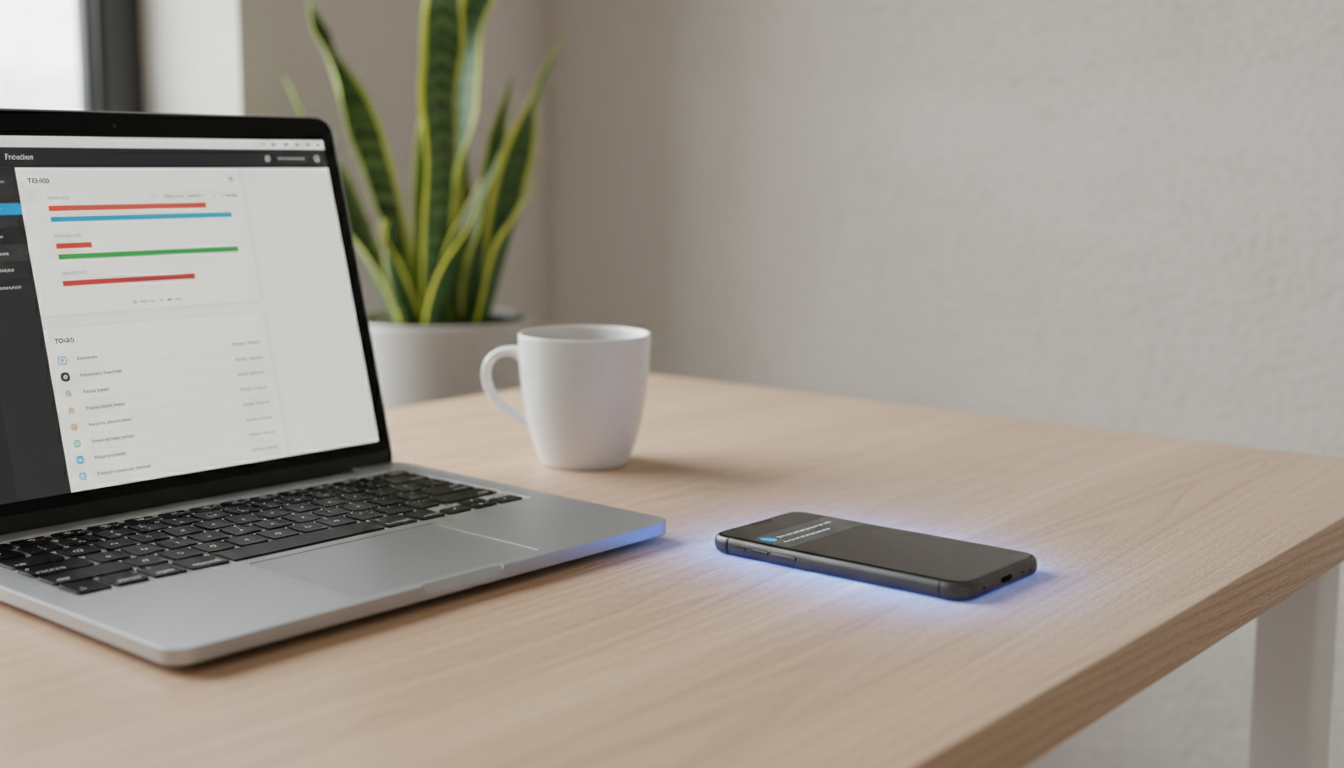
Understanding the Engine: How Our Attention Is Captured
To change our relationship with our phones, we first need to understand the powerful psychological mechanics at play. The feeling of being “addicted” to your phone is not just a figure of speech; it’s rooted in fundamental principles of brain chemistry and behavioral psychology. App developers and tech companies have become masters of leveraging these principles to keep you engaged.
At the heart of this dynamic is a neurotransmitter called dopamine. Often called the “feel-good” chemical, dopamine is more accurately described as the molecule of motivation and reward. It’s released when we anticipate or experience something pleasurable, driving us to seek out that experience again. This is where the concept of the dopamine loop comes in.
A dopamine loop is a cycle of motivation, action, and reward that reinforces a behavior. Your phone is the ultimate dopamine delivery device. Think about posting a photo online. You take the action (posting), and then you enter a state of anticipation. Every notification—a like, a comment, a share—is a small, unpredictable reward that delivers a hit of dopamine. Your brain learns: checking my phone leads to a potential reward. This creates a powerful, self-perpetuating loop.
This system is made even more potent by the principle of variable rewards. Imagine two slot machines. One pays out a dollar every time you pull the lever. The other pays out randomly—sometimes nothing, sometimes five dollars, sometimes fifty. Which one would you find more compelling? Most people would choose the second one. The unpredictability is what makes it so addictive. This is the exact mechanism behind your social media feed. You keep scrolling because you never know if the next post will be boring, mildly interesting, or incredibly funny. This is the core of the psychology of tech addiction.
Beyond brain chemistry, our phones tap into deep-seated human needs. The need for social validation is a powerful driver. A “like” on a post is a modern-day signal of social approval. A quick response to a text message reinforces a sense of belonging and connection. We are social creatures, and these platforms offer a constant stream of micro-interactions that make us feel seen and connected, even if the connection is superficial.
Another factor is our brain’s inherent novelty bias. We are hardwired to pay attention to new information. It’s an ancient survival mechanism that helped our ancestors spot a predator in the bushes or find a new food source. In the modern world, this bias is exploited by the endless stream of notifications, headlines, and updates. Every buzz and banner is a promise of something new, making it nearly impossible to ignore.
When you combine a powerful dopamine loop, variable rewards, the deep-seated need for social validation, and a brain that craves novelty, you get the perfect recipe for a habit that feels almost impossible to break. Recognizing that you’re up against a system designed to hook you is the first and most crucial step toward regaining control. It’s not about weakness; it’s about understanding the game and learning to play by your own rules.

Building a Better Blueprint: Restructuring Your Digital Routines
Understanding the psychology is the first half of the battle. The second half is actively restructuring your habits and your digital environment to serve your goals, not the goals of app developers. This is where we move from theory to practice, implementing small but powerful changes to your daily routines. The key is to shift from reactive, mindless use to proactive, intentional engagement.
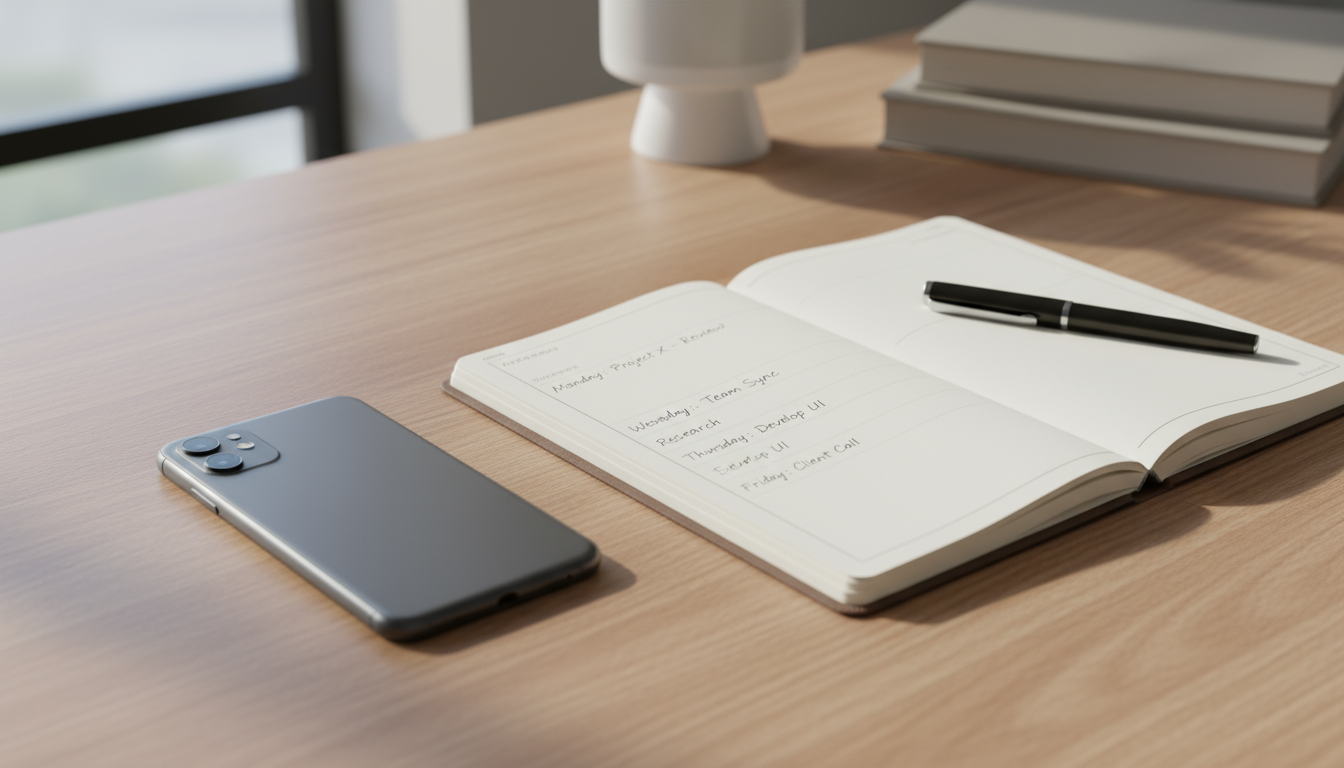
Design a “Focus-Friendly” Phone
Your phone’s default setup is designed for maximum engagement, not maximum focus. You need to redesign it to align with your intentions.
Start with your home screen. This is prime real estate. Remove all “infinity pool” apps—social media, news, email—from your main screen. These are the apps you open out of boredom and get lost in. Move them into a folder on a secondary screen. This simple act of adding friction means you have to make a conscious choice to open them, breaking the mindless habit.
Your home screen should contain only utility-based tools: your calendar, maps, notes, camera, or a meditation app. Think of it as a workbench, not a casino.
Next, consider enabling a “Focus Mode” (available on both iOS and Android). These tools allow you to create profiles that block notifications and apps based on your current activity. You could have a “Work” mode that only allows calls from colleagues and notifications from your work calendar, a “Personal” mode for evenings, and a “Sleep” mode that silences everything. This automates your discipline.

Master Your Notifications
Notifications are the single biggest driver of distraction. Each one is a tiny interruption that pulls you out of the present moment and into your phone’s world. The solution is to triage them ruthlessly.
Go into your phone’s settings and turn off notifications for every app that is not essential for a human to get ahold of you. Do you really need a banner to tell you someone liked your photo or that a shopping app has a sale? Probably not. Be honest with yourself. For most people, only phone calls, text messages, and perhaps calendar alerts are truly time-sensitive.
For the notifications you do keep, embrace notification batching. This is the practice of checking your notifications at specific, predetermined times rather than reacting to them as they arrive. Instead of checking email every five minutes, for example, you might check it at 10 AM, 1 PM, and 4 PM. This puts you in control of your attention’s schedule. You can turn off badges (the little red numbers) for apps like email and social media to reduce the psychological pull to “clear” them.
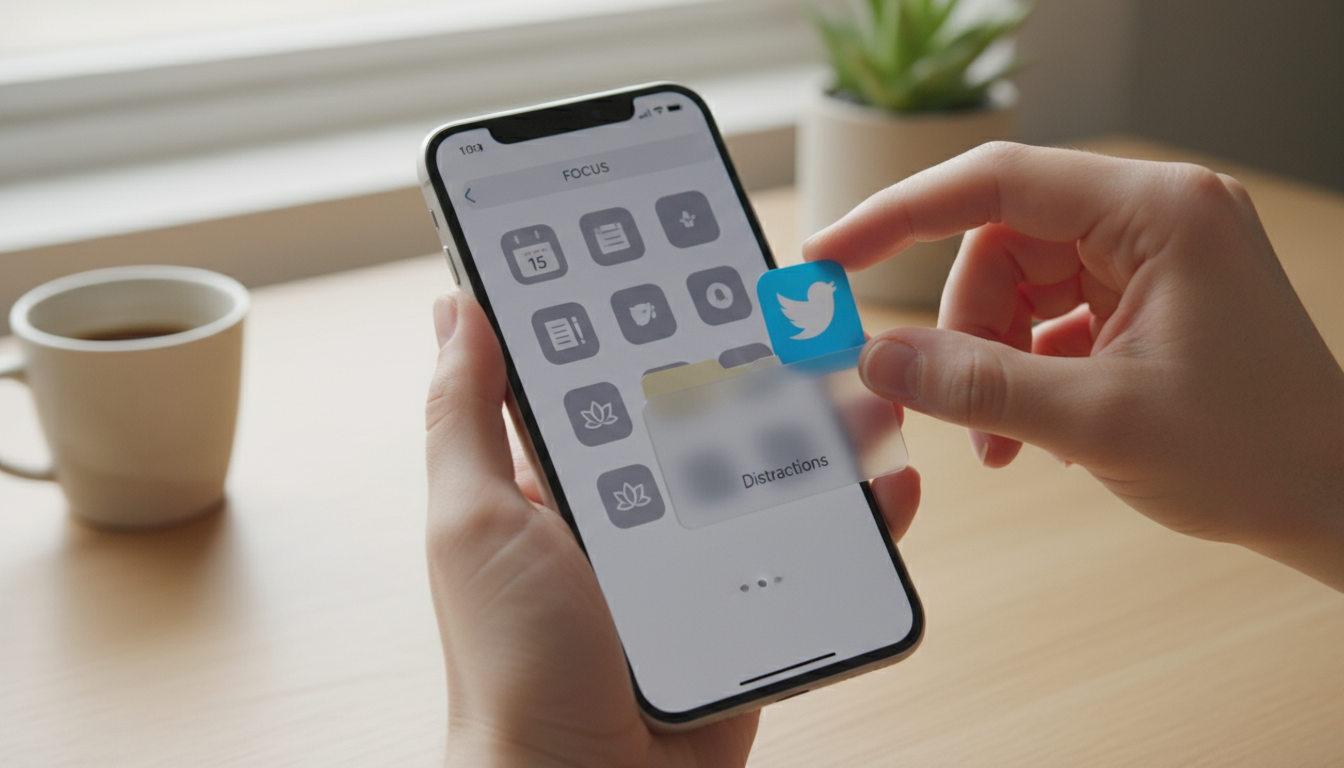
Use Timers to Build Awareness
Most of us dramatically underestimate how much time we spend on our phones. App timers are a fantastic tool for building awareness and setting boundaries. In your phone’s digital wellness settings, you can set daily time limits for specific apps. When you hit your limit, the app icon will dim, and you’ll get a notification.
This isn’t about rigid enforcement; you can always override the timer. Its real power is in the interruption. It forces a moment of reflection: “Do I really want to spend more time on this right now?” Often, that pause is all you need to break the spell and choose to do something else. Start with a generous limit and gradually reduce it as you become more mindful of your usage.
These routine-based changes are about creating an environment where your willpower is needed less often. By designing a phone that supports your focus, managing notifications proactively, and building awareness with timers, you are building the foundation of a healthier relationship with technology.

Creating a Conducive Context: Shaping Your Physical Environments
Your digital habits are not formed in a vacuum. They are profoundly influenced by your physical surroundings. To truly change your relationship with your phone, you must look beyond the device itself and consider the environments in which you use it. By shaping your space, you can create powerful cues that encourage focus, rest, and connection.

Establish Screen-Free Zones
One of the most effective strategies is to designate specific areas of your home as “screen-free zones.” These are places where phones and other devices are simply not allowed. The two most impactful zones are the dinner table and the bedroom.
The dinner table is a space for connection and conversation. When a phone is present, even if it’s face down, it subtly communicates to others that they don’t have your full attention. Committing to a screen-free mealtime can dramatically improve the quality of your relationships with family or partners.
The bedroom is arguably the most crucial screen-free zone. Using your phone in bed disrupts your ability to rest and recharge. This leads us to a critical topic: creating a sleep-friendly evening environment.

Engineer a Sleep-Friendly Evening
The science is clear: our screens are detrimental to our sleep. The primary culprit is blue light, which is a type of light emitted by LED screens on phones, tablets, and computers. Exposure to blue light in the evening suppresses the production of melatonin, the hormone that signals to your body that it’s time to sleep. According to organizations like the Sleep Foundation, this can shift your circadian rhythm, making it harder to fall asleep and reducing the quality of the sleep you do get.
To counteract this, create a “digital sunset.” An hour before you plan to go to sleep, put your phone away for the night. Don’t just put it on the nightstand; put it in another room. Buy a simple alarm clock so you’re not reliant on your phone to wake you up. This removes the temptation to check it “one last time” from bed.
Use this final hour for calming, screen-free activities. Read a physical book, listen to music or a podcast, do some light stretching, journal, or talk with your partner. This “wind-down” period signals to your brain that the day is over and it’s time to prepare for rest. It’s a foundational practice for anyone looking to improve their digital wellness and overall health.
Use Cues for Deep Work
Just as you can create an environment for rest, you can also create one for focused work. When you need to concentrate, your environment should signal to your brain that it’s time to lock in. This is where deep work cues come into play.
Your main cue is what you do with your phone. Don’t just put it on silent; put it in another room or tuck it away in a drawer. The “out of sight, out of mind” principle is incredibly powerful. If you can’t see your phone, you’re far less likely to be subconsciously thinking about it.
You can also create other positive cues. Maybe you have a specific lamp you only turn on when you’re doing deep work. Perhaps you put on noise-canceling headphones and listen to a particular type of music. Over time, these actions become associated with a state of high focus. When you perform the ritual, your brain knows what’s expected of it. By managing your environment, you are proactively defending your attention from the constant pull of the digital world, creating the space needed for both deep work and deep rest.

Putting It Into Practice: Worked Examples for Real Life
Theory and strategies are valuable, but seeing how they can be applied in everyday life makes them tangible and achievable. Let’s walk through two practical examples: a simple evening wind-down routine and a realistic weekend digital detox plan. These aren’t about perfection; they’re about progress.

A 10-Minute Evening Wind-Down Routine
The goal of this routine is to create a clear separation between your “connected” day and your restful night. The aim is to calm your nervous system and prepare your brain for sleep. This entire process can take as little as 10 minutes.
Step 1 (1 minute): The Tech Shutdown. One hour before bed, make a conscious decision to be done with screens for the day. Send any final, essential texts. Set your alarm for the morning. Then, plug your phone in to charge—ideally in a room other than your bedroom, like the kitchen or living room.
Step 2 (1 minute): Enable Do Not Disturb. Manually activate your phone’s “Do Not Disturb” or “Sleep” mode. While your phone is in another room, this is a good backup. It ensures that if you do need to grab it for an emergency, you won’t be greeted by a barrage of non-urgent notifications. DND (Do Not Disturb) is a feature that silences calls, alerts, and notifications, helping you stay focused or get a good night’s rest.
Step 3 (5 minutes): Gentle Mind-Body Activity. Choose a simple, calming activity. This could be some gentle stretching, focusing on your breath. It could be writing down three things you’re grateful for from the day in a journal. Or it could be tidying up your space for a few minutes, which can have a surprisingly calming effect on the mind.
Step 4 (3 minutes): Prepare for Tomorrow. Lay out your clothes for the next day or pack your bag for work. This small act of preparation can significantly reduce morning anxiety and decision fatigue, helping you sleep more soundly knowing you’re ready for the day ahead.
That’s it. In 10 minutes, you’ve successfully created a buffer zone between screen time and sleep time, a crucial step in building better digital habits.

A Realistic Weekend Digital Detox
The idea of a full weekend without technology can feel overwhelming and impractical for many. This plan is not about complete disconnection but about intentional reconnection with the offline world.
The guiding principle is this: Use technology as a tool, not as a pastime.
Here’s what that looks like:
- Friday Evening: Start your wind-down. After dinner, put your phone away. Instead of scrolling through social media or streaming a show, choose an analog activity. Play a board game, read a book, or have a long conversation. The goal is to set the tone for a less screen-dependent weekend.
- Saturday Morning: Leave your phone at home. Go for a walk, a hike, or to a coffee shop. If you need navigation, look up the route before you leave. Experience your environment without the filter of a screen. Notice things you might otherwise miss. If you’re meeting someone, arrange a specific time and place beforehand, just like we used to.
- Saturday Afternoon: Allow for intentional tech use. This is the “tool, not pastime” part. Maybe you want to have a video call with a family member who lives far away. Schedule it. Perhaps there’s a specific movie you want to watch. Plan for it. The difference is that you are choosing the activity, rather than passively letting an algorithm serve you content.
- Saturday Evening: Host a screen-free dinner. If you have friends over, have everyone put their phones in a basket by the door. The initial feeling might be a little strange, but it quickly gives way to deeper, more engaging conversation.
- Sunday: Practice “single-tasking.” If you’re listening to a podcast, just listen; don’t also scroll through email. If you’re reading the news on a tablet, close all other tabs. This retrains your brain to focus on one thing at a time. Spend a chunk of the day on a hobby that doesn’t involve a screen—gardening, cooking, painting, or playing an instrument. Before the evening, take 15 minutes to plan your week, which can reduce the Sunday evening anxiety that often leads to mindless scrolling.
This approach to a digital detox shows you how to beat phone addiction by replacing low-quality digital time with high-quality analog time, without making you feel isolated from the modern world.

Navigating the Real World: Troubleshooting Common Challenges
Building new habits is rarely a linear process. You will encounter setbacks, feel social pressure, and have moments of weakness. This is completely normal. The key is to anticipate these challenges and have a plan for how to handle them with self-compassion and resilience.
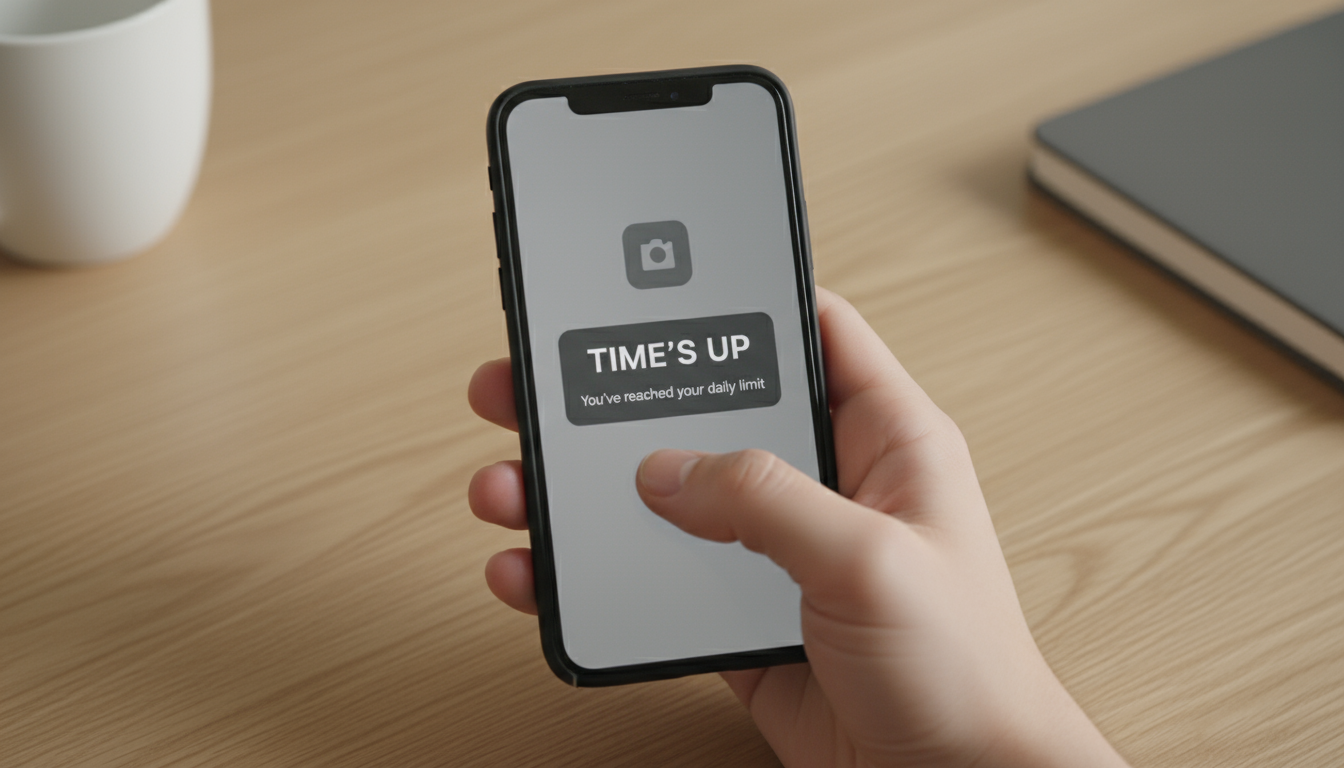
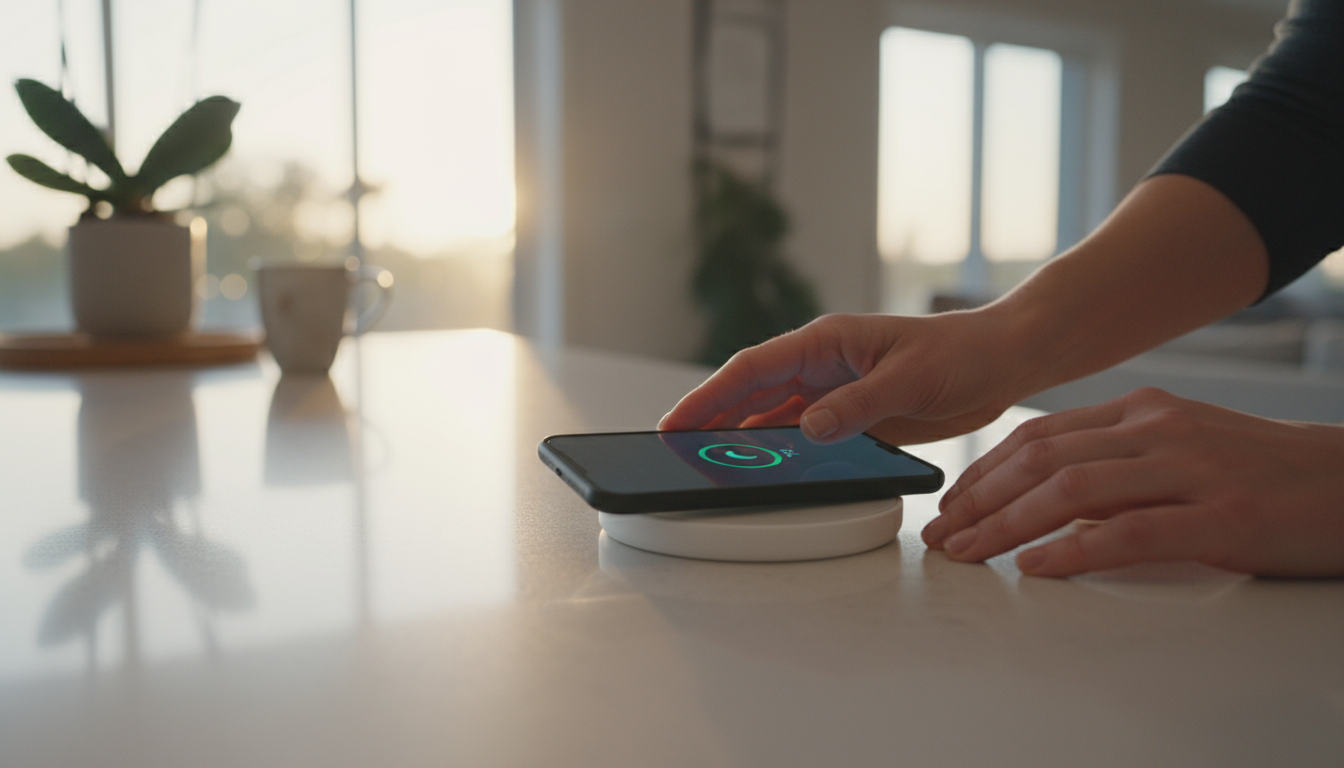
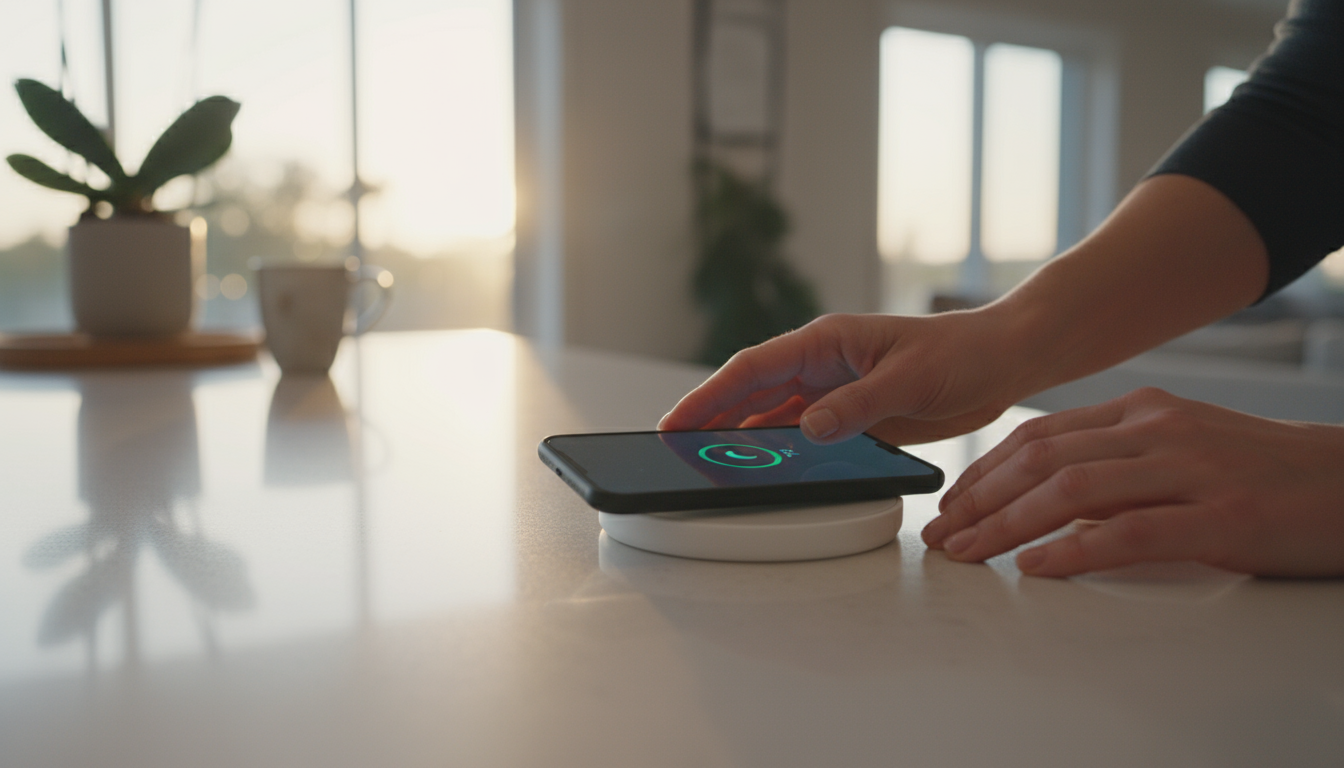
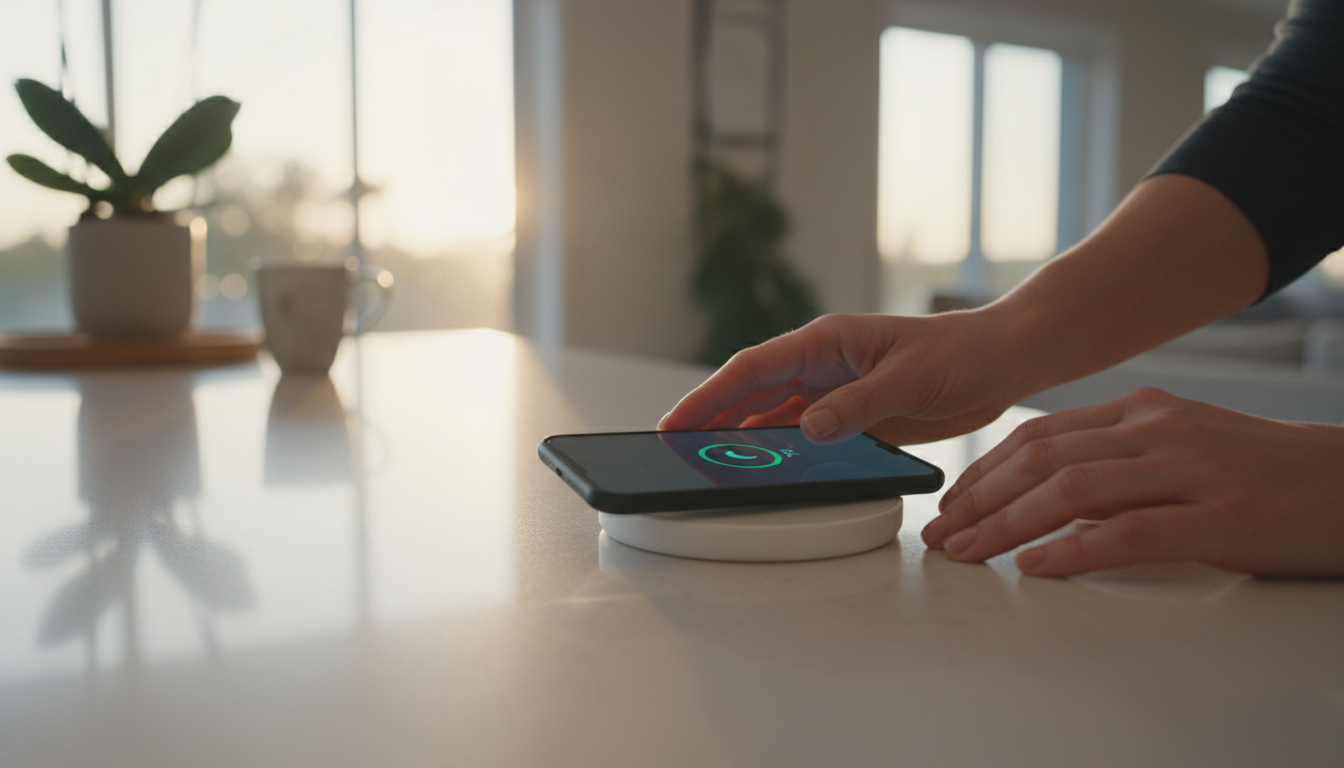
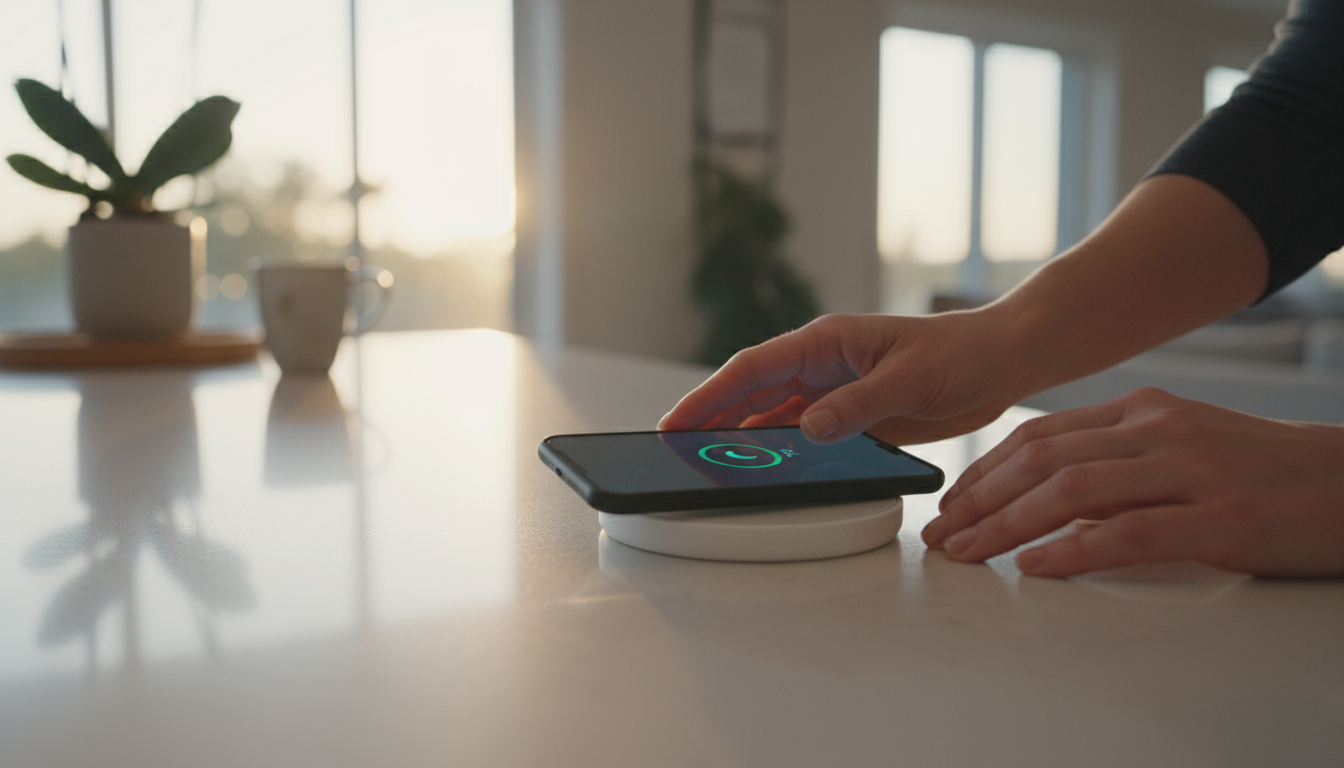
Handling “Relapse” Moments
There will be a day when you find yourself scrolling for an hour when you only meant to check one thing. Your first instinct might be frustration or guilt. It’s crucial to reframe this. A relapse is not a failure; it’s data. It’s a learning opportunity.
When this happens, get curious instead of critical. Ask yourself: What was the trigger? Was I bored, stressed, lonely, or procrastinating? Understanding the underlying emotion that drove you to your phone is the key to finding a better way to cope with that feeling in the future. If you were bored, what’s a non-digital activity you could have done instead? If you were stressed, could you have gone for a short walk? Don’t aim for perfection. Aim for awareness and a gentle course correction.

Dealing with FOMO (Fear Of Missing Out)
One of the biggest psychological hurdles is FOMO. The constant stream of updates on social media can create a nagging feeling that everyone else is doing more exciting things, is more successful, or is happier than you are. This fear can keep you glued to your device, anxious to see what you might be missing.
The antidote to FOMO is to focus on what you gain, not what you lose. When you put your phone down, you are not “missing out” on a curated highlight reel. You are gaining the opportunity for deep focus, genuine connection with the people you’re with, and the simple joy of being present in your own life. Try reframing FOMO as JOMO—the Joy Of Missing Out. It’s the satisfying feeling of unplugging, of being content with your own reality, and of protecting your mental peace.

Navigating Social and Professional Expectations
We don’t live in a bubble. There are often real pressures from work, friends, and family to be constantly available and instantly responsive. This can make it difficult to set boundaries.
The solution is clear, proactive communication. Let people know about your new habits. You might tell your team at work, “I am now checking my email only at 10 AM and 4 PM to improve my focus. If you have an urgent matter, please call me.” You can tell your friends, “I’m trying to be on my phone less in the evenings, so if I don’t reply to a text right away, that’s why. I’ll get back to you in the morning.”
Most people are understanding, and you may even inspire them to adopt similar habits. By setting expectations upfront, you reduce the anxiety on both sides. You’re not ignoring them; you’re intentionally managing your communication.
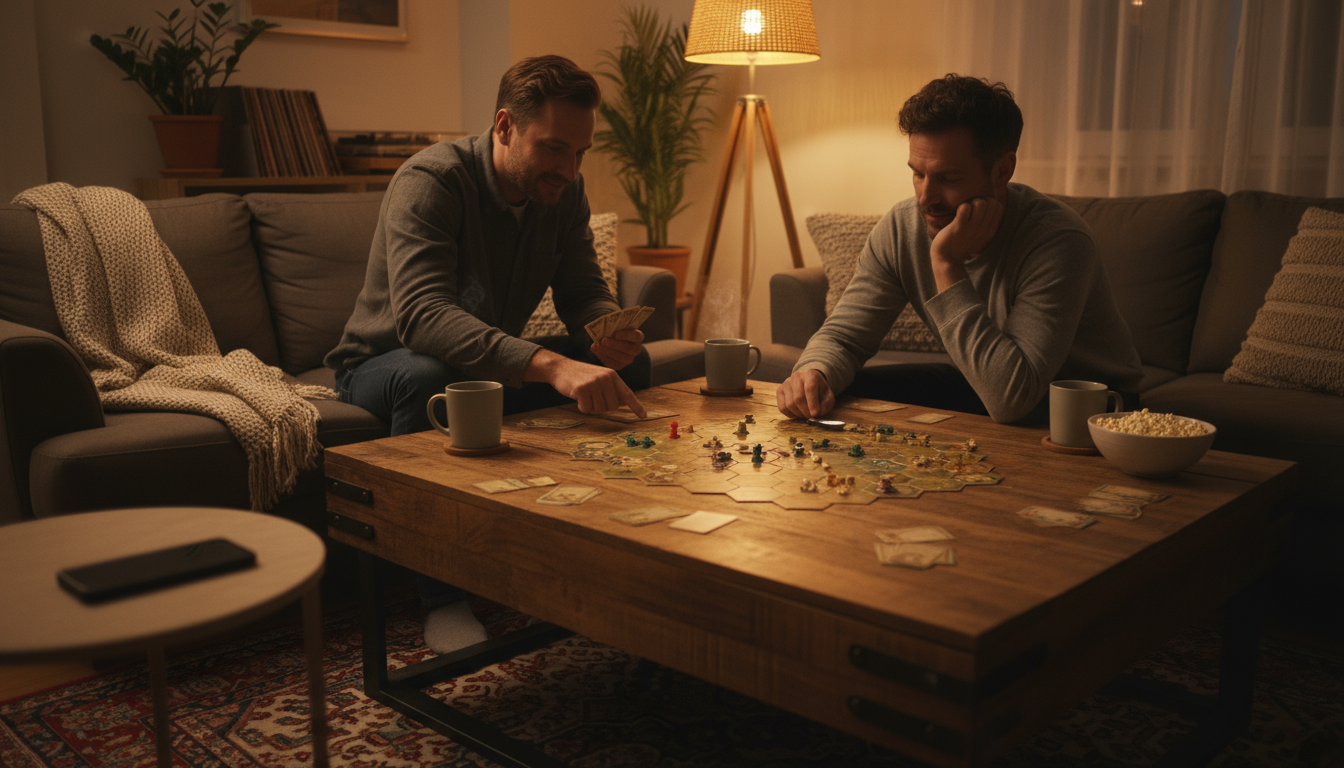
Knowing When to Make Exceptions
A healthy relationship with technology is not about rigid, unbreakable rules. It’s about flexibility and intention. There will be times when it makes sense to break your own guidelines. A loved one might be in the hospital, and you need to keep your phone by your bed. You might be on call for work. You might be traveling in a new city and heavily reliant on your phone for maps and communication.
The key is to make these exceptions conscious choices, not mindless slips. Ask yourself, “Am I breaking this rule for a specific, valid reason, or am I just falling back into an old habit?” When the exceptional situation is over, make a point to consciously return to your established, healthier routines. Flexibility is a sign of strength, not weakness, in your journey toward digital wellness.

Frequently Asked Questions (FAQ)
As you embark on this journey to build healthier digital habits, it’s natural for specific questions and concerns to arise. Here are answers to some of the most common ones.
1. I work a night shift. How can I apply advice about blue light and sleep?
This is a great question that highlights the need for adaptable strategies. The core principle remains the same: create a buffer zone between screen time and sleep time, whenever your sleep time is. If you finish your shift and sleep during the day, your “digital sunset” might happen at 8 AM instead of 10 PM. The goal is to avoid stimulating blue light in the 60-90 minutes before you go to bed. You can also invest in blue-light-blocking glasses to wear during the last part of your shift or on your commute home. Make your bedroom as dark as possible with blackout curtains to signal to your body that it’s time for rest, regardless of the time on the clock.
2. My job requires me to be constantly connected and responsive. How can I set boundaries?
This is a common challenge in today’s work culture. The key is to distinguish between “urgent” and “important.” First, have a frank conversation with your manager or team about expectations. Clarify what truly constitutes an emergency that requires an immediate response versus a message that can wait an hour. Second, use technology to help. Set up VIP lists so that only calls or texts from specific people (like your boss) can break through your Do Not Disturb settings. Third, practice time blocking. Schedule “focus blocks” in your calendar where you won’t be checking email or messages, and communicate this to your team. It’s about finding a system that allows for both deep work and appropriate responsiveness.
3. What about parental controls? Are they a good way to manage my child’s phone use?
Parental controls can be a useful tool, especially for younger children, to set clear limits on screen time and block inappropriate content. However, they are not a complete solution. The most effective approach combines technology-based limits with open conversation. Talk to your children about the psychology of tech in age-appropriate terms. Explain why you are setting these limits—to protect their sleep, help them focus on schoolwork, and encourage other activities. Most importantly, model healthy digital habits yourself. Children are far more likely to do what you do than what you say.
4. I’m concerned about how much data these apps collect. Does reducing my screen time help with privacy?
Yes, reducing your screen time can indirectly improve your digital privacy. The less time you spend on certain apps, the less data you are actively generating for them to collect. However, the most direct way to manage privacy is through your device and app settings. Regularly review the permissions you’ve granted to each app. Does that game really need access to your location and contacts? Probably not. Disable ad tracking in your phone’s main privacy settings. Be mindful of the information you voluntarily share on public platforms. Building better digital habits often goes hand-in-hand with becoming a more conscious and informed digital citizen.
Disclaimer: The information provided in this article is for educational and informational purposes only and is not intended as medical or psychological advice. If you are struggling with mental health or believe you may have a serious addiction, please consult with a qualified healthcare professional. For more information on mental health and behavior, you can visit the American Psychological Association or the National Institutes of Health.

Your First Steps Toward Digital Balance
We’ve explored the deep-seated psychology that makes our phones so compelling, and we’ve outlined a host of practical strategies to help you reclaim your time and attention. The sheer number of options can feel overwhelming, but remember: you don’t have to do everything at once. The journey of a thousand miles begins with a single step. The goal is not a radical, overnight transformation but a sustainable, gradual shift toward more intentional technology use.
True digital wellness isn’t about rejecting technology; it’s about putting it back in its rightful place—as a tool that serves your life, rather than a master that dictates it. It’s about creating space for quiet reflection, deep connection, and focused work in a world that is constantly screaming for your attention. It’s about choosing where you invest your most precious resource.
You have the power to redesign your relationship with your phone. Start small, be patient with yourself, and celebrate every small victory. You are not just breaking old habits; you are building a more focused, present, and fulfilling life.
Here are three small changes you can adopt this week to begin your journey:
1. Move one distracting app off your home screen. Choose the one app you open most mindlessly—social media, news, or email—and move it into a folder on your second page. Notice the small moment of friction this creates each time you go to open it.
2. Implement the “digital sunset” tonight. One hour before bed, plug your phone in to charge in another room. Use that final hour to read, stretch, or talk with someone. See how this simple change affects your transition to sleep.
3. Have one screen-free meal. Choose one meal—breakfast, lunch, or dinner—and commit to keeping your phone out of sight and out of mind while you eat. Focus on the food and the people you are with, or simply enjoy a moment of quiet solitude.






